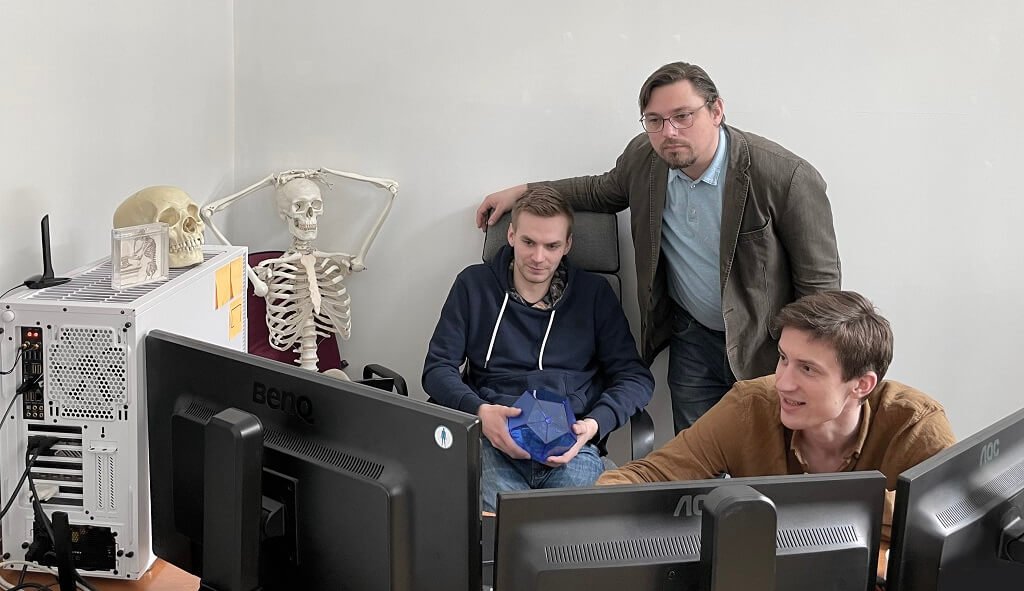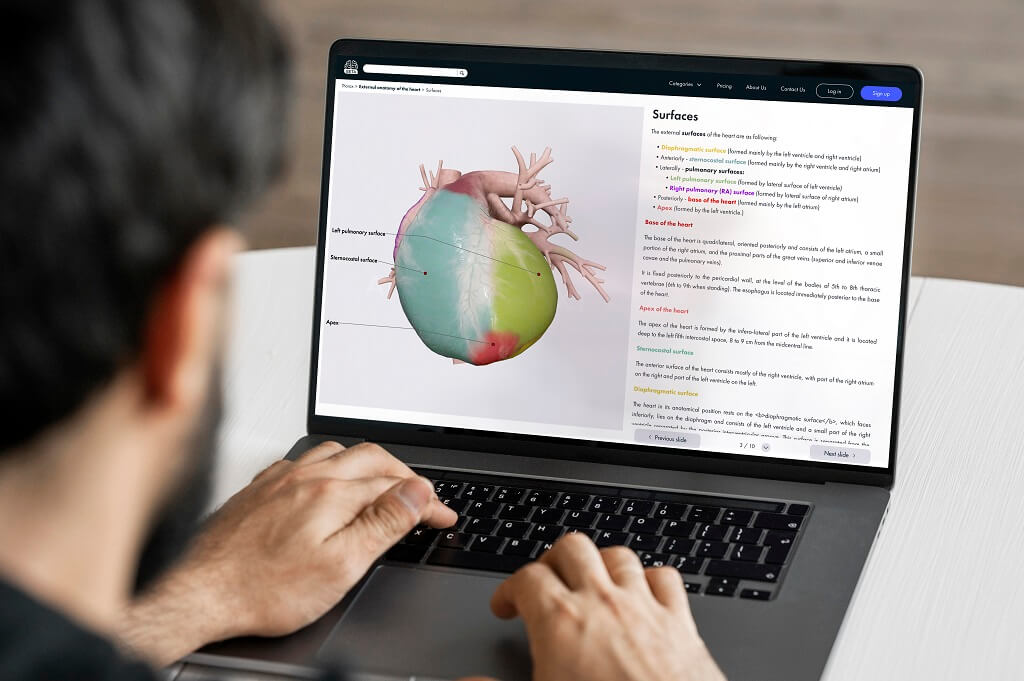Latvia’s digital health startup Anatomy Next has launched Anatomy.app, an online digital anatomy training platform for medical students, students in the health professions, and medical educational institutions.
Marking a year since we entered the Covid19 pandemic, the need for effective digital tools for remote learning has grown faster than ever, the company said in a statement.
“The advantage of Anatomy.app is its object-oriented approach, which encourages interactive study and learning. The platform parallels the hands-on learning experienced in actual dissection. Complex anatomical structures and relationships that are normally concealed become accessible with the help of realistic, interactive 3D models,” said Teodoro Forcht Dagi, a Professor at Queen’s University Belfast, and a director of Anatomy Next.

The main focus of Anatomy Next is a subscription-based product targeting medical, dental, nursing and physiotherapy students. For a monthly fee, users have access to highly accurate, interactive digital 3D human anatomy models, as well as brief and relevant accompanying articles and the ability to test themselves on Anatomy.app. Besides, students can always access an online anatomy encyclopedia at Anatomy.net.
“The amount of medical knowledge required to be an up-to-date specialist keeps growing even as the duration of medical studies and speciality training remains the same. Optimizing the learning process, therefore, is more important than ever,” said Uldis Zarins, the CEO and Founder of Anatomy Next.
“Our goal is to assist educational institutions in providing the best possible education by enabling and supporting optimal learning methods and facilitating guided independent learning. Our solution keeps the teaching institution at the centre of the teaching process but allows students to learn in ways that are
best for them,” Zarins said.
The University of Michigan’s School of Dentistry tested Anatomy.app last year and found it helpful for pandemic-era remote teaching and learning.
“Due to the pandemic, the traditional in-person class was not possible and 110 students heavily relied on the app for their education,” said professors Andrea Pobocik and Hera Kim-Berman. “The visual guide is a good resource for online education and for self-paced study. The students used and benefited from this application during the dental anatomy course.”






